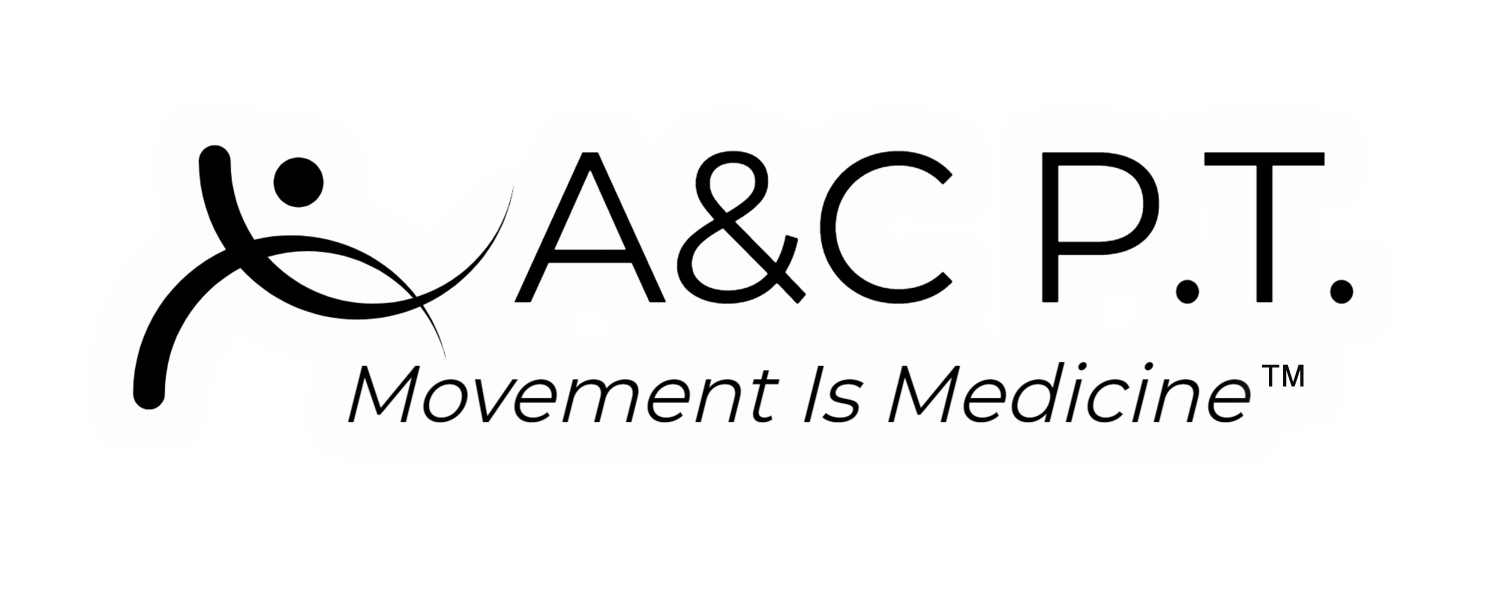Fix your brain to erase the pain
The NeuFit Neubie is the most advanced electronic stimulation tool available, and literally can erase pain if used correctly. Using electrodes and a ‘mapping tool’, the Neubie can literally find the areas on your body with neurological dysfunction and reprogram them. How does it work?
Our nervous system can act differently depending on the type of stress it encounters. If you stumble upon a bear in the woods your nervous system will likely respond sympathetically by raising heart rate and blood pressure while releasing adrenaline to save you from the threat of being eaten. If on that same hike you encounter a babbling brook with birds chirping and bunny rabbits the nervous system is likely to have a parasympathetic response soliciting a decrease in heart rate and blood pressure accompanied by a sense of safety and calm.
In nervous system terms, think of the bear as the INPUT and the elevated vitals as the OUTPUT. When we get injured the body reacts the same way. Stubbing you toe becomes the INPUT and pain is the OUTPUT to protect you from further injury. Pain is an output, not an input secondary to a perceived threat. Your toe didn’t tell your body it hurts. Your nervous system told your toe. Understanding how the nervous system’s input and output system is important to understanding how the Neubie works.
The same thing happens with low back pain caused by poor posture and sloppy lifting techniques. Your body perceives a threat and therefore tightens your hamstring to protect your back and flexes you back muscles to provide more stability while your gluteals turn off and back pain ensues. What’s the best plan of care? Treat the output (pain) with ice and heat packs, massage and Advil … or change the input by reprogramming your nervous system to loosen the tight muscles, activate the weak ones and improve motor planning? Remember: without changing the input, the pain will never go away.
When the body gets legitimately injured - perhaps a bad ankle sprain - it can sympathetically increase muscle tone in an attempt to protect the injured area at the same time it alters movement strategies to prevent potentially harmful movements. In doing so, the injured tissue does not get the appropriate amount of nutrient rich blood to heal efficiently. To make matters worse, at the same time muscle firing patterns are potentially being negatively altered and remembered (i.e. the limp that never went away even though the ankle sprain healed). In a case like this, the Neubie could be used to reduce inflammation, restore joint mobility and proprception and normalize movement strategies to optimize healing. With the Neubie an ankle sprain that could have taken 4 weeks to heel can heel in one.
Anderson & Cattone Physical Therapy is the highest certified Neufit NEUBIE provider in Washington State, capitalizing on skills learned from NeuPTTech owner Jason Waz, as well as advanced techniques learned directly from Garrett Salpeter, owner of NeuFit and the inventor of the Neubie.
